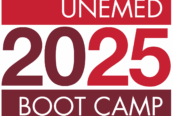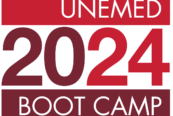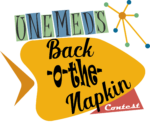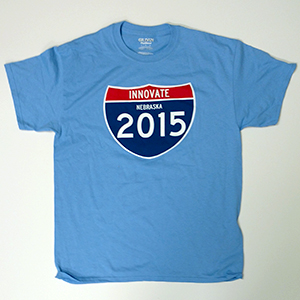
by Steve Schreiner, UNeMed | November 15, 2017
Tech transfer offices generate reams of data, but apparently have no good way to manage it. I’ve had a relatively large number of conversations with academic, private and government contacts who asked about our system, and how it compares to what they currently use.
I came away with two broad, somewhat obvious generalizations: There is no single solution in use across TTOs, and most offices are unhappy with their current solution.
No surprises there, but despite the overall dissatisfaction there does appear to be a great deal of angst about making a change. Even for something better. A significant financial investment was often made for some of these solutions, and abandoning them seems to be a great waste of limited resources.
I have heard about products costing tens of thousands of dollars, with substantial additional costs for any customization. I know of “homegrown” systems created more than a decade ago that no one really knows how to update or fix.
Everyone agrees they need a better way of managing their data.
But few know how to proceed.
In 2007, we embarked on finding a system that would take care of our data needs, while allowing customization and growth as we evolved. Starting from Excel spreadsheets and tables of numbers in Word documents, we set out to establish a solution that would serve our office and support the new way that UNeMed was going to operate.
We set out to find a solution that would allow for the collection, management and use of data generated from all of our combined functions. Whether it be invention evaluation, patenting or marketing and licensing, we hoped to find something that could handle it all, while being nimble enough not to control or drive how the office would work. We wanted something responsive, not restrictive.
I agreed to help the office find this golden goose, but then I was put in charge of the search after the loss of key player to another TTO. Knowing very little about the first system we decided to test, I was left to determine its applicability to our office. I had some IT background, mostly some lower level programming in college, which made me the office expert. I was hesitant to fill such a role, but it was a resource the office needed, so I dug in to see what it, and I, could do.
That was more than 10 years ago, and we continue to use and develop that same system today. It has changed and evolved over the years, and almost daily we think of new, better ways to employ it.
The solution we chose was Salesforce CRM.
Why? At first I wasn’t sure. It seemed capable but daunting in its application.
People in the office asked, “What can it do?” But that was the wrong question. More appropriate: “What can’t it do?”
The answer after all this time: Nothing that I know of.
I’ve spent the last 10 years learning how to make it serve our needs, and those requirements continue to change. That is one of the most powerful aspects of the system. I can modify it in small ways, or completely scrap a function that was previously in place.
Does it take time? Sure.
But remember, we wanted a system that was responsive. As the office changes, our system can change to stay relevant, and reflect our current way of operating.
The most important thing I tell those who ask about Salesforce is that it is a platform. If you want an out-of-the-box solution for a tech transfer office, Salesforce is not what you want. But with an investment in time and thought, it can empower your data; allowing you deeper analysis and memories of all that your TTO does. It can help your people manage their workload and time.
From invention evaluation, to IP prosecution, to marketing and licensing, to agreement compliance, it can do it all…how you want it done. Most of it can be done with basic, in-house IT expertise. But if you need something specific that’s beyond your ability, consultants and local user and developer groups are everywhere to help you out.
People ask me: “What can it do?”
I respond: “What do you want it to do?”
Believe it or not, I’m serious.
This was the first part of a planned series on TTO data management. Future installments will include how UNeMed uses Salesforce to handle invention disclosures and federal reporting requirements, intellectual property, marketing, licensing, contract compliance. and a few other functions performed by UNeMed.











